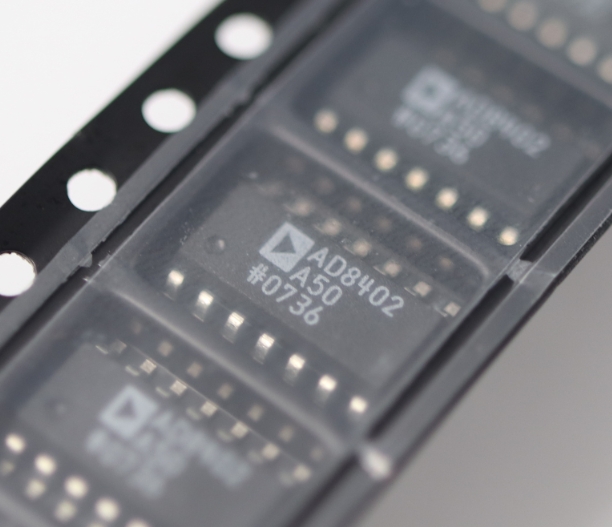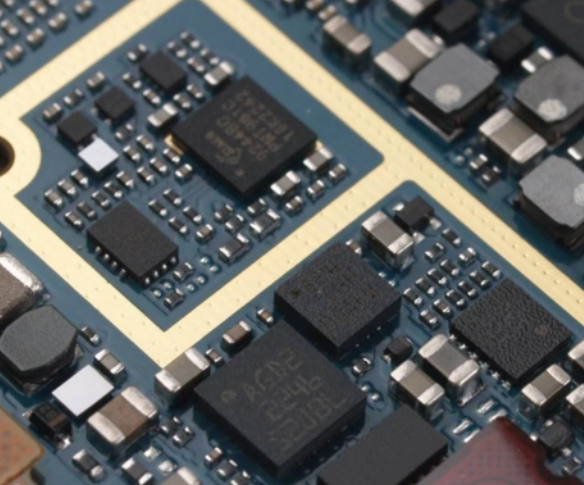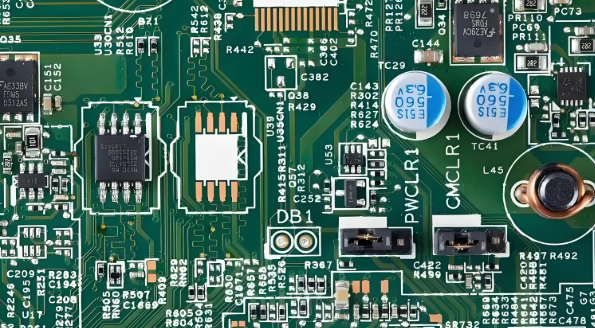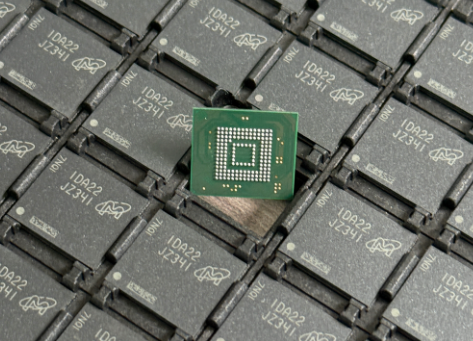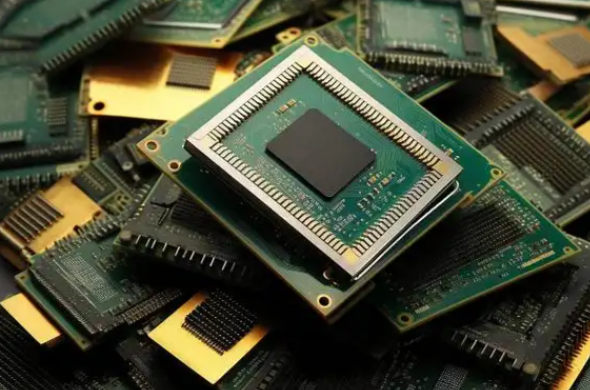Exhibition and Sales Platforms for Electronic Components: A Comprehensive Guide
Introduction
The electronics industry is a dynamic and rapidly evolving sector, driven by innovation and the constant demand for newer, faster, and more efficient components. For engineers, procurement specialists, and businesses, navigating the vast landscape of available electronic parts can be a daunting task. This is where specialized platforms come into play, serving as critical intermediaries that connect component suppliers with buyers. These platforms have evolved from simple online catalogs to sophisticated ecosystems that facilitate not just transactions but also knowledge sharing, trend analysis, and supply chain management. In today’s globalized market, finding the right component at the right price and with guaranteed authenticity is paramount. The strategic use of dedicated exhibition and sales platforms is no longer a luxury but a necessity for maintaining a competitive edge in electronics design and manufacturing. These digital marketplaces and physical events form the backbone of the industry’s supply chain, ensuring that innovation is not hindered by logistical challenges. This article delves deep into the world of these platforms, exploring their types, key features, and the immense value they bring to the electronics community.

The Evolving Landscape of Electronic Component Platforms
The journey of how engineers and buyers source components has undergone a radical transformation. Decades ago, the process was predominantly manual, relying on thick printed catalogs, direct sales calls, and physical trade shows. While these methods built strong personal relationships, they were slow, geographically limited, and inefficient for rapid prototyping or dealing with component obsolescence.
The advent of the internet marked the first major shift. Component distributors began moving their inventories online, creating searchable databases that dramatically reduced sourcing time. This was the genesis of the modern electronic component platform. Initially, these were simple “look-up” tools, but they quickly incorporated e-commerce functionalities, allowing for direct online purchasing.
Today, the landscape is more diverse and powerful than ever. We can broadly categorize these platforms into three main types:
-
Online Component Search Engines and Distributor Aggregators: These are perhaps the most commonly used tools. Platforms like ICGOODFIND excel in this space by aggregating data from hundreds of authorized distributors and suppliers worldwide. They don’t hold inventory themselves but provide a unified interface to search, compare prices, check availability, and access datasheets across a vast network. Their primary value lies in speed and breadth of search.
-
Online Marketplaces for Electronics: These platforms operate on a model similar to Amazon or eBay but are tailored for professional electronic components. They often host a multitude of sellers, ranging from franchised distributors to independent brokers. This model provides immense variety and can be useful for finding obsolete or hard-to-source parts. However, it requires careful vetting of sellers to avoid counterfeit components.
-
Physical and Virtual Trade Shows/Exhibitions: Events like electronica, CES, and Embedded World remain incredibly relevant. They offer an immersive experience where professionals can see new technologies firsthand, engage in technical discussions with application engineers, and network with industry leaders. In recent years, the rise of sophisticated virtual exhibitions has broken down geographical barriers, allowing global participation with features like virtual booths, live chat, and webinar sessions.
The convergence of these models is the latest trend. Many physical exhibitions now offer robust online platforms that extend the life of the event long after the physical doors have closed. Similarly, online search engines are incorporating community features, technical forums, and AI-driven recommendations to mimic the collaborative and discovery-oriented environment of a trade show.
Key Features of a High-Value Platform
Not all platforms are created equal. To provide genuine value to engineers and procurement teams, a top-tier exhibition and sales platform must offer a suite of powerful features that address the core pain points of the industry.
Comprehensive and Real-Time Inventory Data: The most fundamental feature is access to accurate, up-to-the-minute data. Engineers cannot afford to design in a component that is out of stock or has a lead time of 52 weeks. A superior platform provides real-time stock levels and pricing from a wide array of authorized sources, enabling informed decision-making from the very beginning of the design process.
Robust Search and Filtering Capabilities: With millions of components in the market, a simple keyword search is insufficient. Advanced platforms offer parametric search, allowing users to filter components based on technical specifications like voltage, current, tolerance, package type, and operating temperature. The ability to cross-reference parts and find alternates or equivalents is a critical function, especially during supply shortages.
Supply Chain Risk Mitigation Tools: The recent chip shortages highlighted the fragility of global supply chains. Modern platforms are responding by integrating features that help mitigate these risks. Tools for monitoring component lifecycles (End-of-Life notifications), forecasting price trends, and identifying potential counterfeit risks are becoming standard expectations. Platforms that can provide data-driven insights into market availability are invaluable for long-term production planning.
Rich Technical Content and Community Support: Sourcing is not just about buying; it’s about understanding. High-quality platforms go beyond being a transactional tool. They serve as knowledge hubs by providing immediate access to datasheets, application notes, reference designs, and CAD models. Furthermore, integrated community forums or direct lines to supplier FAEs (Field Application Engineers) can help troubleshoot design challenges, mirroring the expert support found at physical exhibitions.
Seamless User Experience and Integration: A platform can have all the data in the world, but if it’s difficult to use, it will be abandoned. A clean, intuitive user interface is essential. For corporate users, features like multi-user BOM (Bill of Materials) upload tools, quote management systems, and ERP (Enterprise Resource Planning) integration dramatically improve procurement efficiency and reduce administrative overhead.
The Strategic Advantages for Businesses and Engineers
Leveraging these advanced platforms delivers tangible strategic advantages that impact both the top and bottom lines of a business.
Accelerated Time-to-Market: In the fast-paced electronics industry, speed is everything. The ability to quickly source all required components for a prototype or production run can shave weeks off development cycles. Instant access to inventory data and supplier links prevents project stalls caused by sourcing delays, allowing companies to be first to market with their innovations.
Informed Sourcing and Cost Optimization: By providing price comparisons across multiple distributors in one view, these platforms empower buyers to make cost-effective decisions. This transparency fosters competition among sellers, often leading to better pricing for the buyer. The data available on these platforms allows for strategic sourcing—balancing cost against factors like reliability, lead time, and supplier reputation.
Mitigation of Counterfeit Components: The threat of counterfeit electronics is a serious concern for industries like aerospace, medical, and automotive. Authorized distributor networks aggregated by trustworthy platforms like ICGOODFIND are the first line of defense against fake parts. By providing traceability to franchised sources, these platforms help ensure the quality, reliability, and safety of end products.
Enhanced Innovation and Discovery: Beyond solving immediate sourcing needs, these platforms act as catalysts for innovation. Engineers can discover newly released components they were unaware of through curated product spotlights or AI recommendations. Virtual exhibitions showcase cutting-edge technologies from global players, inspiring new design approaches and solutions.
Building Resilient Supply Chains: The volatility of the past few years has taught businesses the importance of supply chain resilience. These platforms provide the visibility needed to build that resilience. Companies can use them to identify multiple sources for critical components, monitor market trends for potential disruptions, and proactively manage their inventory strategies to buffer against future shocks.
Conclusion
The ecosystem of exhibition and sales platforms for electronic components has become an indispensable part of the technological world’s infrastructure. They have evolved from simple transactional interfaces into intelligent partners that support every stage of the electronics lifecycle—from initial concept and design to volume production and end-of-life management. The synergy between vast online databases like ICGOODFIND and the immersive experience of trade shows creates a powerful resource for anyone involved in creating electronic products.
Embracing these tools is essential for any business that seeks to innovate efficiently, manage costs effectively, and build reliable products in a complex global market. The future will likely see even greater integration of artificial intelligence for predictive sourcing, more immersive virtual reality-based exhibitions, and blockchain technology for enhanced supply chain transparency. By staying abreast of these developments and strategically utilizing the best platforms available companies can not only navigate the present challenges but also future-proof their operations against the uncertainties of tomorrow.



















